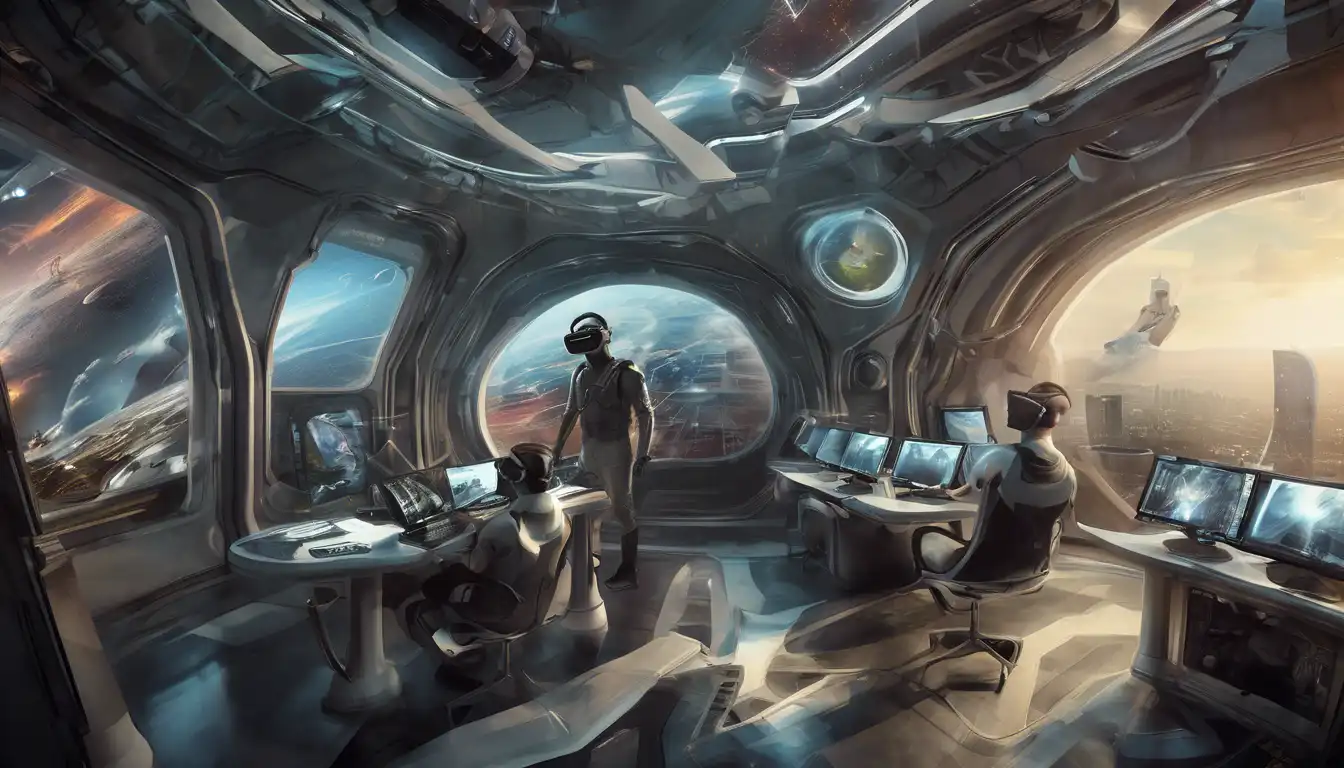Introduction to Virtual Reality
Virtual Reality (VR) is rapidly becoming one of the most exciting and transformative technologies of our time. By creating immersive, interactive environments, VR has the potential to revolutionize how we work, learn, and play. This article delves into the current state of VR technology, its applications, and what the future holds.
The Evolution of Virtual Reality
From its early days as a niche gaming technology, VR has evolved into a tool with applications across various industries. Innovations in hardware and software have made VR more accessible and affordable, paving the way for widespread adoption.
Applications of Virtual Reality
VR is not just for entertainment. Its applications span education, healthcare, real estate, and more. For instance, in healthcare, VR is used for surgical training and patient therapy. In education, it offers immersive learning experiences that were previously unimaginable.
- Gaming and Entertainment
- Education and Training
- Healthcare and Therapy
- Real Estate and Architecture
The Future of Virtual Reality
The future of VR is boundless. With advancements in AI and machine learning, VR experiences will become more realistic and personalized. The integration of VR with other technologies, such as augmented reality (AR) and the Internet of Things (IoT), will open up new possibilities.
Challenges and Considerations
Despite its potential, VR faces challenges, including high costs, technical limitations, and health concerns. Addressing these issues is crucial for the technology's long-term success.
Virtual Reality is indeed the next frontier in tech, offering endless possibilities for innovation and transformation. As we continue to explore and expand its applications, VR will undoubtedly play a pivotal role in shaping the future of technology.
For more insights into the latest tech trends, check out our articles on Tech Trends and Digital Transformation.
